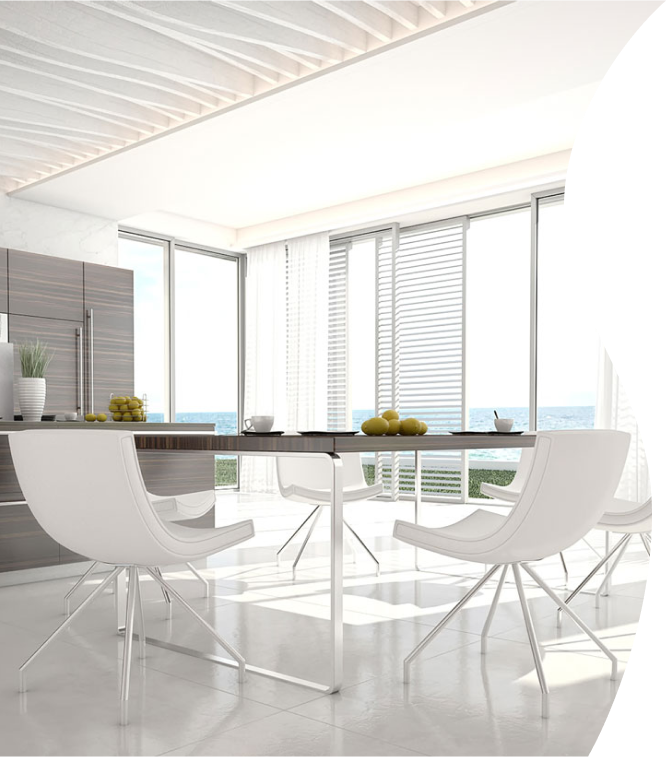One of the most important parts of a screed installation is the thickness and depth at which it is laid. There are several situations that may affect the recommended screed depth when applying a liquid screed, so it’s crucial that you get it right for each application.
The final thickness of your screed will vary depending on certain circumstantial factors. The type of insulation that is used in the floor installation or whether the heating pipes were installed with a clipping or track system must all be accounted for.
But what are the recommended screed depths for standard floor installations and underfloor heating installations?
Recommended Screed Depths
Depending on the type of application, screed depths may vary – with each type requiring a different liquid screed minimum thickness:
- Bonded Liquid Screed: This type of liquid screed is applied directly on a solid, pre-prepared foundation. The recommended minimum thickness of the liquid screed in this scenario is 25mm.
- Unbonded Screed: A polythene membrane separates the solid base from the liquid screed in this type of screed. The recommended minimum thickness of the liquid screed in this scenario is 30mm.
- Floating Screed: In this situation, an insulation layer and a polythene membrane separate the screed from the solid base. The recommended minimum thickness of the liquid screed in this scenario is 40mm.
There is one other key variable that you must consider, however, which is whether the intended floor area will have underfloor heating.
Recommended Screed Depths For Underfloor Heating
Underfloor heating brings its own set of challenges and considerations during the floor screeding process, mainly due to the heating pipes and cables which must be sufficiently covered.
High-quality liquid screeds, however, such as Cemfloor, are specifically designed to be applied in very thin sections. We recommended between 40mm and 50mm in depth for an optimal installation.
Please note that the diameter of the heating pipe is included in this depth.
Liquid screed acts as a heat store with underfloor heating and will help the heat to be distributed evenly. The main thing to ensure is that all of the heating pipes are covered by the screed and also that there is enough depth to cover any services over the floor.
For best practice, each screed installation should be considered a unique scenario. Consider the floor area to be covered, budget and any unevenness in the base layer of the flooring – for this reason, liquid screed thickness should carry a 10mm tolerance from case to case.
Finally remember, that drying times will be affected by the floor screed depth, so it is worth taking this into account in your overall project timelines. Products like Cemfloor Therm were specifically engineered to account for this, offering installers drying times of 24-48 hours and can be foot trafficked after just one day.
Conclusion
There are several factors that dictate the recommended screed depths for your liquid screed, so it is always worth assessing each application as an individual case.
For underfloor heating floor areas, we recommend between 40mm and 50mm depth in order optimal thermal performance.
Liquid floor screeds, such as Cemfloor Therm, offer architects and contractors a solution which has been designed specifically for underfloor heating areas, thinner minimum thicknesses, reduced drying times and improved thermal efficiency.
Cemfloor, The Cement-Based Liquid Floor Screed
Whether your project is a commercial or domestic floor, a wet room, contains underfloor heating, unbonded, floating, new build, renovation or multi-storey project; Cemfloor offers cement-based liquid screed solutions for any project.
Designed with ease of installation in mind, Cemfloor Therm has been manufactured with self-leveling and self-compacting properties to speed up the installation process. It can also be installed at much thinner depths compared to other traditional screeds, ensuring ultimate controllability of the underfloor heating system.
If you have any questions about applying floor screed over underfloor heating systems, speak to one of our experts today.
We are always happy to help with any enquiries.


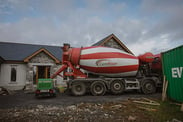
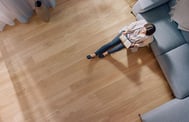
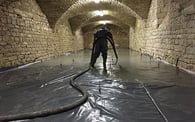

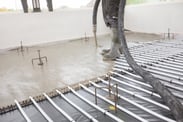
.png?width=300&height=122&name=Untitled%20design%20(34).png)
